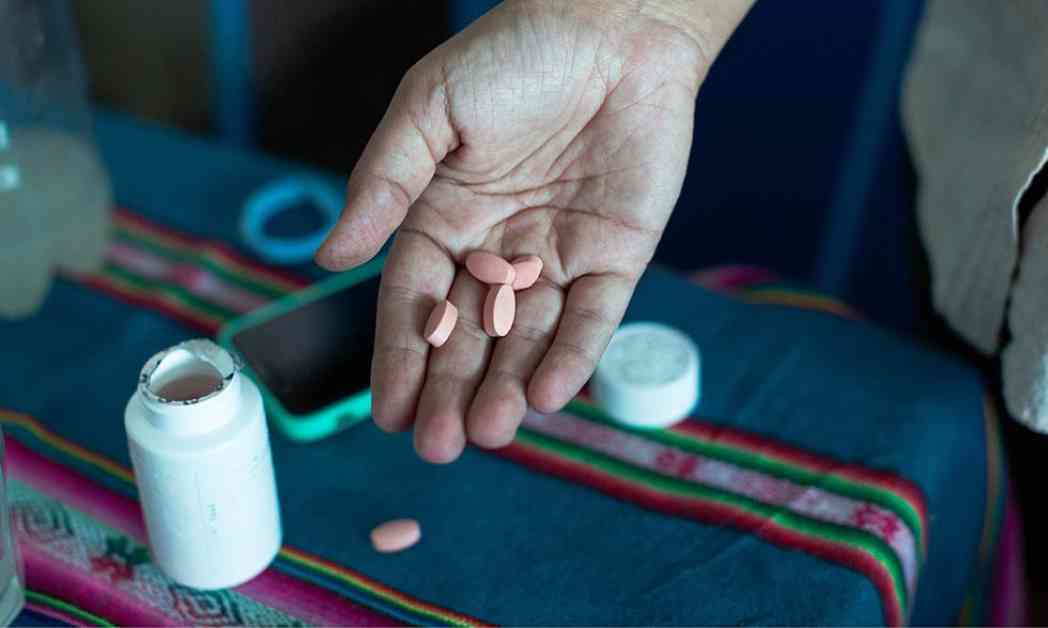HIV treatment has seen significant advancements since the 1980s epidemic, allowing individuals living with HIV to lead long and healthy lives with the appropriate care. Antiretroviral therapy (ART) is the primary treatment for HIV, requiring patients to take a combination of medications for life. However, barriers such as financial constraints and limited access to healthcare can make it challenging for some individuals to adhere to this treatment.
HIV, or human immunodeficiency virus, weakens the immune system by attacking white blood cells that defend the body against infections. This can leave individuals vulnerable to various illnesses and diseases. AIDS, or acquired immunodeficiency syndrome, is the advanced stage of HIV where the immune system is severely compromised. While not everyone with HIV develops AIDS, advancements in treatment have reduced the prevalence of AIDS.
The spread of HIV primarily occurs through unprotected sexual contact or sharing needles with an infected individual. However, medical progress has significantly reduced the transmission risk through other means such as blood transfusions. Certain populations, including gay and bisexual men, as well as Black and Latino individuals, are disproportionately affected by HIV.
While there is no cure for HIV, researchers at the National Institutes of Health (NIH) are actively working on developing an HIV vaccine. In the meantime, ART plays a crucial role in managing the virus by reducing viral levels in the body, allowing the immune system to function effectively and lowering the risk of transmission.
For individuals facing challenges in adhering to daily ART regimens, long-acting medications have emerged as a promising solution. A study in San Francisco demonstrated the effectiveness of long-acting ART injections administered every four to eight weeks. Participants maintained suppressed HIV levels throughout the study, highlighting the potential of this approach for improving treatment adherence.
Accessing healthcare facilities for ART can be particularly difficult for individuals residing in rural areas, where clinics may be scarce, and wait times lengthy. A study in South Africa found that delivering ART to patients’ homes led to better HIV suppression compared to traditional clinic visits. Participants paid a nominal fee for the delivery service, emphasizing the convenience and effectiveness of this approach.
Overall, these research findings underscore the importance of overcoming barriers to HIV treatment to ensure optimal health outcomes for individuals living with the virus. By addressing issues such as access to care, treatment adherence, and healthcare delivery, we can continue to advance HIV treatment and support those affected by the virus in leading fulfilling lives.

















